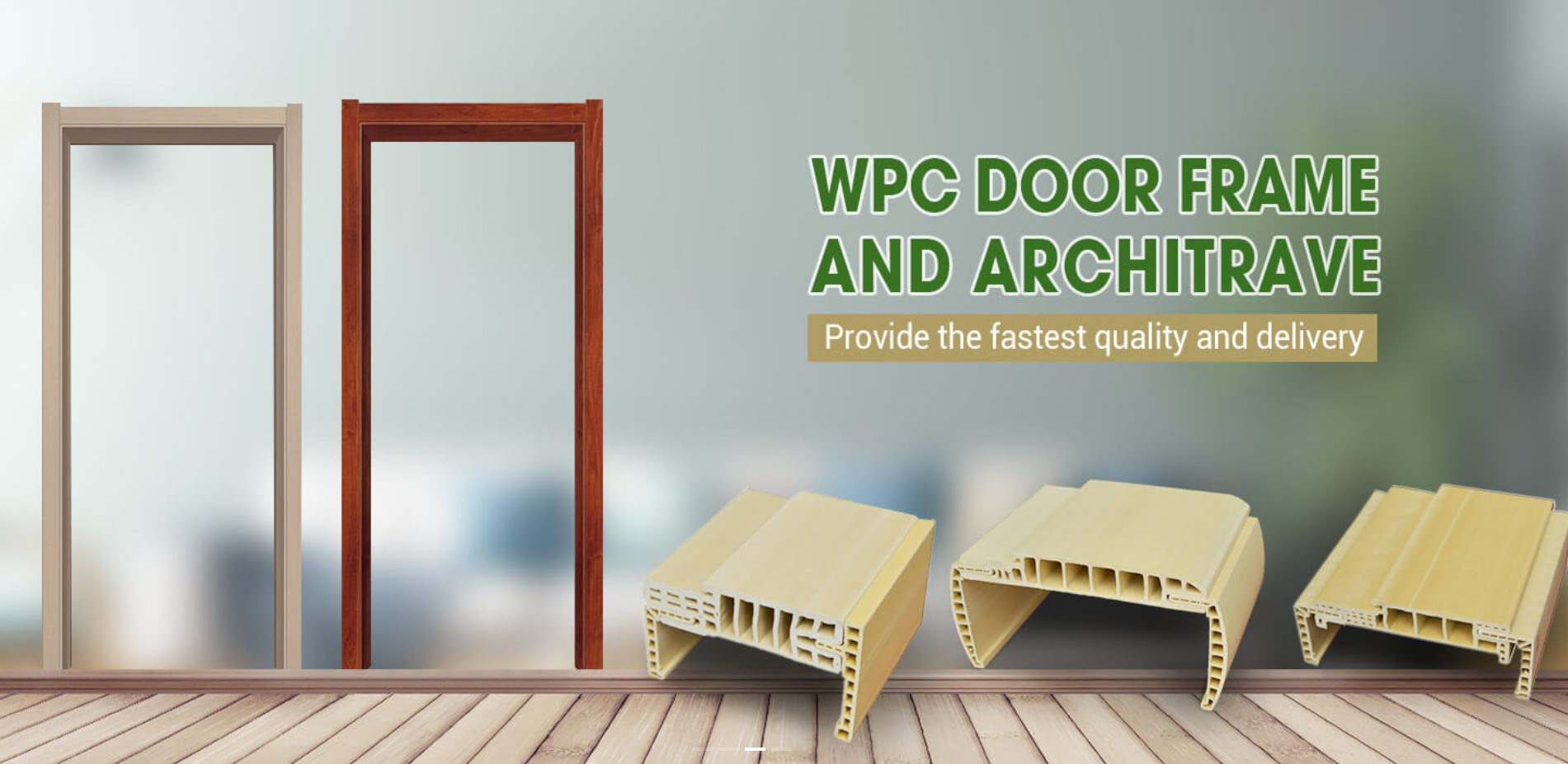Types of Building Materials
Cement, bricks and tiles are the main building materials used in the construction of buildings. Today, appendix in the demand for various building materials have led to many building material manufacturing companies. Many subsidiary building materials are environmental hazards, which have become a big issue to all.
Traditionally, the basic types of building materials used for construction were mud, stone and brush. Mud was used for filling the spaces along along afterward bricks and acted as a definite and insulation. Centuries ago, houses were made totally of dirt and clay. This was followed by the use of rocks (mainly granite) as building material. From the Neolithic grow olden through the medieval age to zealot era, granite has been commonly used as a building material. Brush structures were commonly seen in tropical areas and were made utterly from forest parts such as branches, bark, twigs and leaves. These structures were often used by Native Americans as resting places.
Stones and bricks were furthermore common in construction. Different types of bricks have been and are still used for masonry. This includes specially shaped bricks for joints, striking and tooling, as once ease as glazed or rubbed bricks for decorative purposes.
For more info Soulwood.
Thatch is one of the oldest types of building material used for roofing. Another generic building material is wood. Because of the diverse atmosphere of swap types of wood, it can be used for any type of structure in most climates. Even even though wood structures were no explore common in earlier become very old, they disappeared when the dealings of authentic structures.
Concrete is a composite building material comprised of aggregate and a binder (paste). Concrete finds invincible use in all types of building construction. Fly ash is a major ingredient in the genuine merger because of its lightweight and high thermal insulation.
More recently, auxiliary types of building materials are enliven thing used. These be muggy to metals (for the structural framework of larger buildings), plastics, asbestos and fabrics. Tar-based waterproof materials, paper linoleum, polyvinyl chloride clay and solvent coatings for inner wall are adding building materials.

Comments
Post a Comment